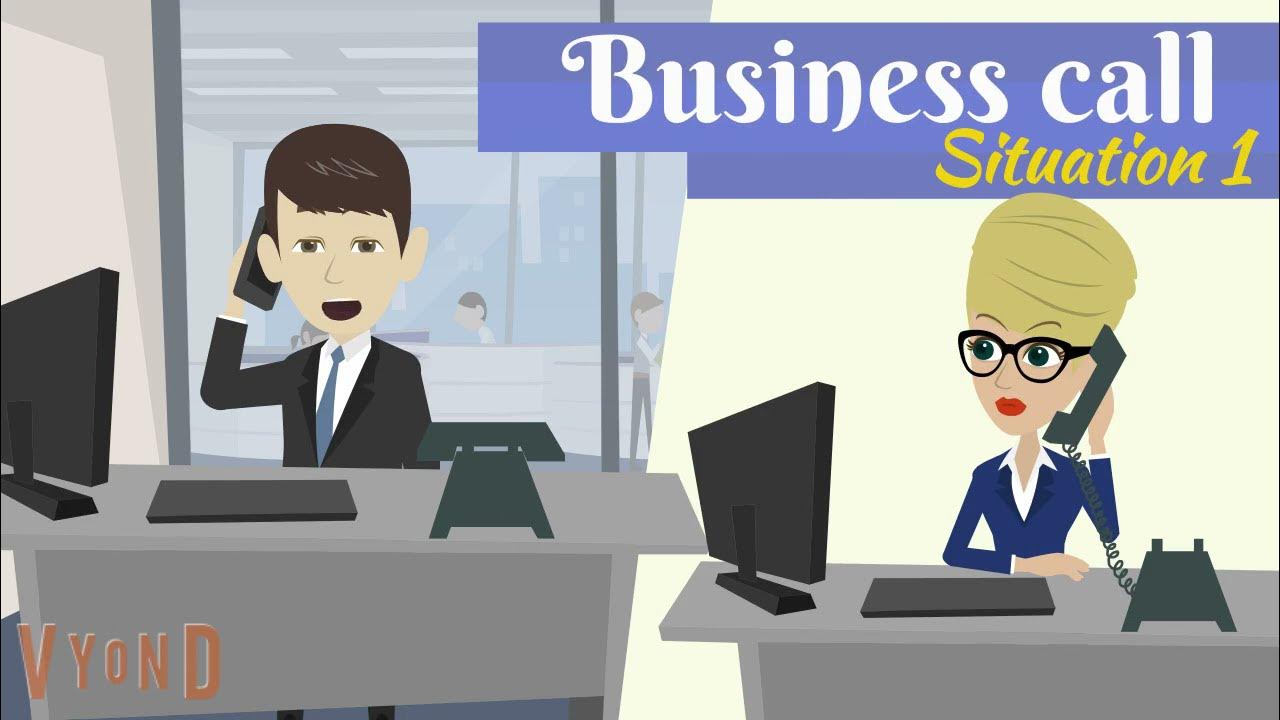Slideator video presentation
Summary
TLDRMr. Leroy, the library media specialist at Bourne High School, explains the significance of understanding plagiarism for academic integrity. He defines plagiarism as the act of presenting another's ideas or words as one's own without proper citation, highlighting its consequences, including academic penalties and legal repercussions. Leroy outlines various types of plagiarism, such as complete and direct plagiarism, and provides strategies to avoid it, including proper citations and paraphrasing. He encourages students to seek guidance if they are uncertain about their work, assuring them that avoiding plagiarism is achievable with the right practices.
Takeaways
- 📚 Plagiarism is defined as using someone else's ideas or words without proper attribution, effectively presenting them as your own.
- ⚖️ It is considered both theft and fraud, as it involves taking someone else's intellectual property without credit.
- 🏫 Bourne High School's policy states that plagiarism includes presenting others' work, whether intentional or unintentional.
- 🚫 Students can receive a zero on an assignment for plagiarism, and incidents will be reported to guidance and parents.
- ⚠️ Serious plagiarism can lead to legal consequences, including fines up to $50,000 and potential jail time for significant offenses.
- 📝 There are different types of plagiarism: complete, direct, source-based, and mosaic plagiarism.
- 🔍 Complete plagiarism involves submitting an entire work as your own, while direct plagiarism is copying specific sentences without citation.
- 📖 Source-based plagiarism occurs when incorrect or non-existent sources are cited, and mosaic plagiarism involves mixing copied phrases with original text.
- ✏️ To avoid plagiarism, students should use direct quotations for exact phrases and paraphrase when rewording information, always crediting the original source.
- 📊 Effective paraphrasing includes reading the source, summarizing in your own words, and ensuring significant differences from the original text.
Q & A
What is plagiarism?
-Plagiarism is defined as stealing and passing off the ideas or words of another as one's own without crediting the source. It includes using information from resources like the internet, books, or articles without acknowledging where it came from.
Why is plagiarism considered unethical?
-Plagiarism is considered unethical because it involves theft of someone else's intellectual property and fraud, as the plagiarist misrepresents the original author's ideas as their own.
What does Bourne High School's handbook say about plagiarism?
-According to the handbook, plagiarism is the presentation of words, concepts, or ideas from others as one's own without proper citation. Any student's work that is not primarily their own creation, including copied or paraphrased material without citation, is considered plagiarism.
What should a student do if they suspect they have plagiarized?
-If a student thinks they may have plagiarized, they are expected to communicate this to their teacher, especially if they are uncertain about whether they have cited correctly.
What are the consequences of plagiarism at Bourne High School?
-Consequences for plagiarism include receiving a zero on the assignment, and the incident will be reported to guidance, building administration, and parents. Further actions may depend on the specific circumstances.
What legal consequences can occur from plagiarism in the real world?
-In the real world, plagiarism can lead to legal action, with fines potentially reaching up to $250,000 and jail sentences of up to ten years for serious offenses, particularly if the plagiarist profits from the work without crediting the original author.
What are the different types of plagiarism mentioned in the presentation?
-The presentation discusses four types of plagiarism: complete plagiarism, direct plagiarism, source-based plagiarism, and mosaic plagiarism.
How can a student avoid direct plagiarism?
-To avoid direct plagiarism, students should use quotation marks when directly quoting a source, properly cite the source, and ensure that the quoted material is integrated into their own writing.
What is paraphrasing, and how should it be done to avoid plagiarism?
-Paraphrasing involves presenting someone else's ideas in your own words while acknowledging the original source. To do this effectively, a student should read the source, set it aside, summarize the information in their own words, and then cite the source.
What resources are available to help students understand proper citation methods?
-Students can refer to the Bourne High School handbook and will receive further instruction on citation methods in a separate presentation by Miss Riggle, who will explain how to properly indicate sources of information.
Outlines

Этот раздел доступен только подписчикам платных тарифов. Пожалуйста, перейдите на платный тариф для доступа.
Перейти на платный тарифMindmap

Этот раздел доступен только подписчикам платных тарифов. Пожалуйста, перейдите на платный тариф для доступа.
Перейти на платный тарифKeywords

Этот раздел доступен только подписчикам платных тарифов. Пожалуйста, перейдите на платный тариф для доступа.
Перейти на платный тарифHighlights

Этот раздел доступен только подписчикам платных тарифов. Пожалуйста, перейдите на платный тариф для доступа.
Перейти на платный тарифTranscripts

Этот раздел доступен только подписчикам платных тарифов. Пожалуйста, перейдите на платный тариф для доступа.
Перейти на платный тарифПосмотреть больше похожих видео

Lawyer for former Supt Richardson: ‘frustrating’ CM hasn’t recovered WhatsApps to & from James Levy

Hyde v Wrench (Counteroffers)

BUSINESS CALL. POOR TELEPHONE CONNECTIONS. SITUATION 1

Stray Dog Brings Leaf To Corner Shop Every Day – Owner Turns PALE After Discovering Why!

Lamp Lighting & Inaugural Address

MrBeast Just Ended His Career

MrBeast's Career Is OFFICIALLY OVER... (He's Deleting Comments)
5.0 / 5 (0 votes)
